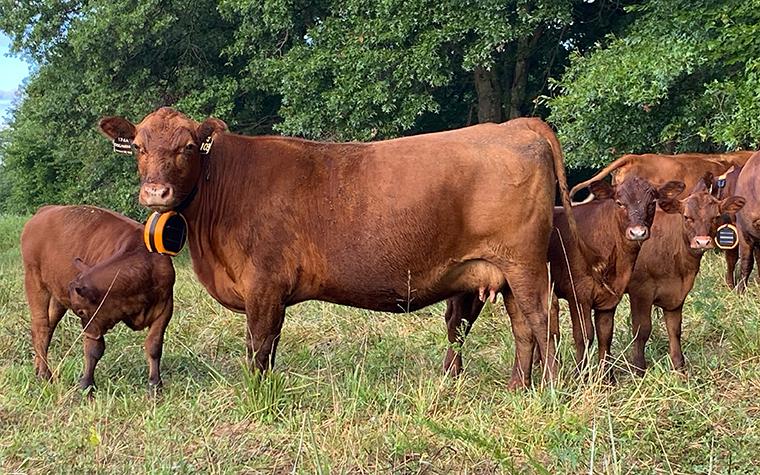RICHMOND, Mo. – Livestock producers often ask how they can justify the cost of virtual fencing. The Oct. 24 session of the “Virtual Fence Foundations” webinar series offers a chance to hear firsthand from producers and companies working with virtual fencing, says University of Missouri Extension livestock specialist Shelby Jenkins.
“This tool can reduce labor demands while unlocking new opportunities in land and livestock management,” Jenkins says.
The free program is available from MU Extension, the MU Center for Regenerative Agriculture and the Missouri Fertilizer Control Board.
Attendees can ask questions to company representatives from Halter, eShepherd and Nofence. Missouri producers who have used virtual fencing in their operations will join the company reps in a discussion.
“There’s a lot of interest in adopting the technology, but not many producers have used it yet,” says Kaitlyn Dozler, Virtual Fence Program manager with the MU Center for Regenerative Agriculture. “This session creates a space for peer-to-peer learning designed to help producers decide if the financial investment is right for them.”
The Oct. 24 webinar is the fifth and final session in the series. Previous sessions have explored the basics of virtual fencing, how the technology could lead to better utilization of cover crop and crop residue acres, the science of rotational grazing and real-world producer experiences with the technology, and how virtual fencing can help tackle common soil nutrient stewardship issues.
“These sessions provide a scientific basis for practices that improve farm productivity and show how virtual fencing can make those practices easier to implement,” says Jenkins.
Details and registration. For more information, contact one of the individuals below:
- Kaitlyn Dozler, 308-370-1439, kaitlyn.dozler@missouri.edu
- Chrisee Brandl, 573-642-0755, chriseebrandl@missouri.edu
- Shelby Jenkins, 816-776-6961, shelbyjenkins@missouri.edu
- Matthew Jenkins, mjenkins@mofcb.com
Recordings of earlier sessions are available on YouTube: Virtual Fence Foundations Playlist.
Photo
Cows with eShepherd collars. Photo by Kaitlyn Dozler, MU Center for Regenerative Agriculture.
